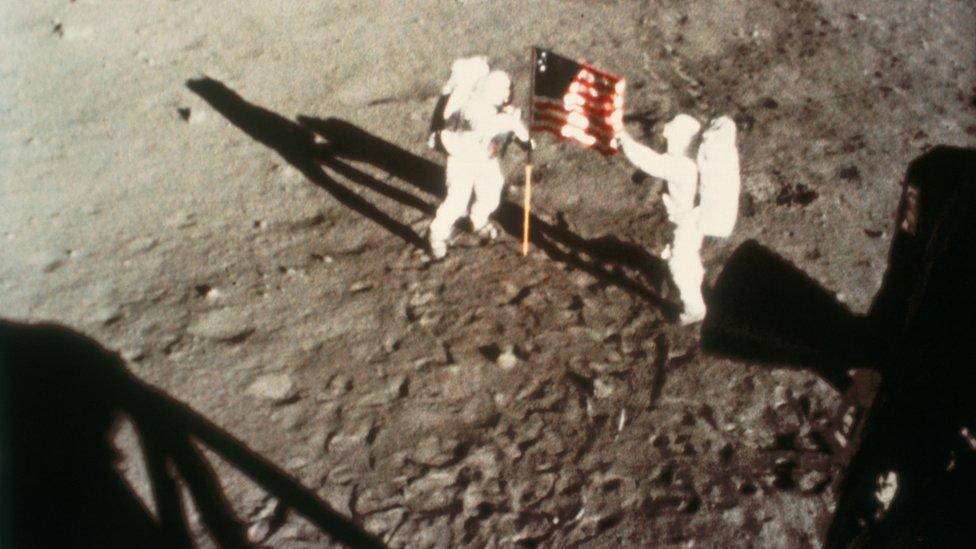Apollo 11: Michael Collins returns to launch site on 50th anniversary
- Published
Apollo 11 astronaut Michael Collins spoke to the BBC in April
One of the surviving crew members of the first manned mission to the Moon - Apollo 11 - has returned to the site where the mission set off 50 years ago.
Michael Collins, 88, visited Florida's Kennedy Space Center on Tuesday. He marked the precise time - 09:32 (13:32 GMT) - when their rocket took off.
Mr Collins had stayed in lunar orbit while his colleagues Neil Armstrong and Buzz Aldrin walked on the Moon.
Tuesday's meeting kicked off a series of commemorative events across the US.
Mr Collins was the only original member of the three-person crew at the event - Mr Aldrin, 89, did not attend, while Mr Armstrong, who was their commander, died in 2012.
Speaking at launchpad 39A - where the crew's powerful rocket made history on 16 July 1969 - Mr Collins described how he felt during take-off.
"The shockwave from the rocket power hits you," he told Nasa TV. "Your whole body is shaking. This gives you an entirely... different concept of what power really means."
"You're suspended in the cockpit... as you lift off," he continued. "From then on it's a quieter, more rational, silent ride all the way to the moon.
"We crew felt the weight of the world on our shoulders, we knew that everyone would be looking at us, friend or foe."
He added that he wished his fellow astronauts could have joined him at the site.

More on Apollo 11:
Apollo 11's JoAnn Morgan: 'They'd never had a woman engineer'

Elsewhere, celebrations took place in cities across the country and will continue throughout the week.
At the National Air and Space Museum, the spacesuit worn by Armstrong during the mission was put on display for the first time in more than a decade.
More than $500,000 (£400,000) was raised in just five days for the necessary restoration work.
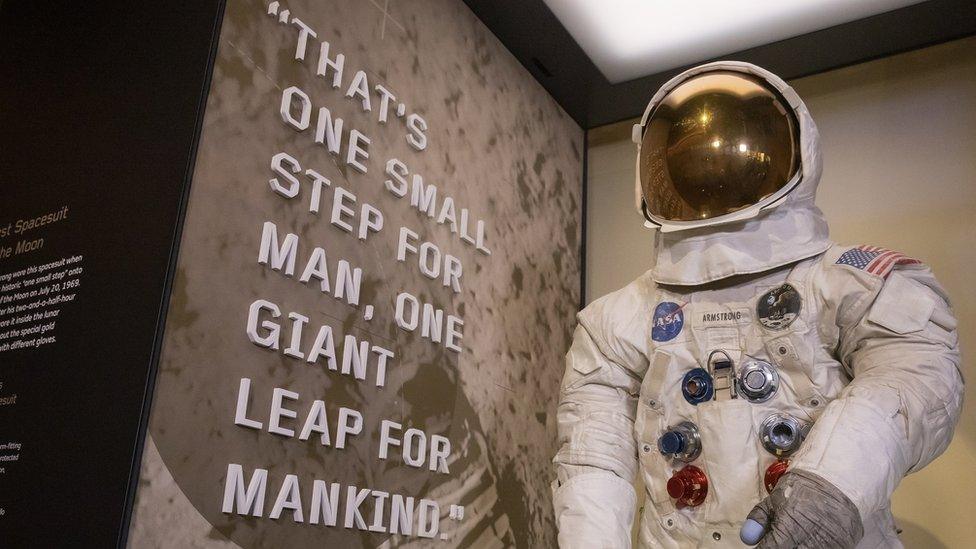
Neil Armstrong's Apollo 11 spacesuit on display at the National Air and Space Museum
Vice President Mike Pence spoke at the suit's unveiling. "Apollo 11 is the only event of the 20th Century that stands a chance of being widely remembered in the 30th Century," he said.
"It was a contribution to the life of this nation and the history of this world that's almost incalculable," he added.
What was the Apollo 11 mission?
The BBC's James Burke takes a look inside the Apollo Command Module
On 16 July 1969, Neil Armstrong, Buzz Aldrin and Michael Collins were strapped into their Apollo spacecraft on top of the vast Saturn V rocket and were propelled into orbit in just over 11 minutes.
Four days later, Armstrong and Aldrin became the first humans to set foot on the lunar surface. Collins remained in orbit in the command module throughout the mission.
Armstrong's words, beamed to the world by TV, entered history: "That's one small step for man, one giant leap for mankind."
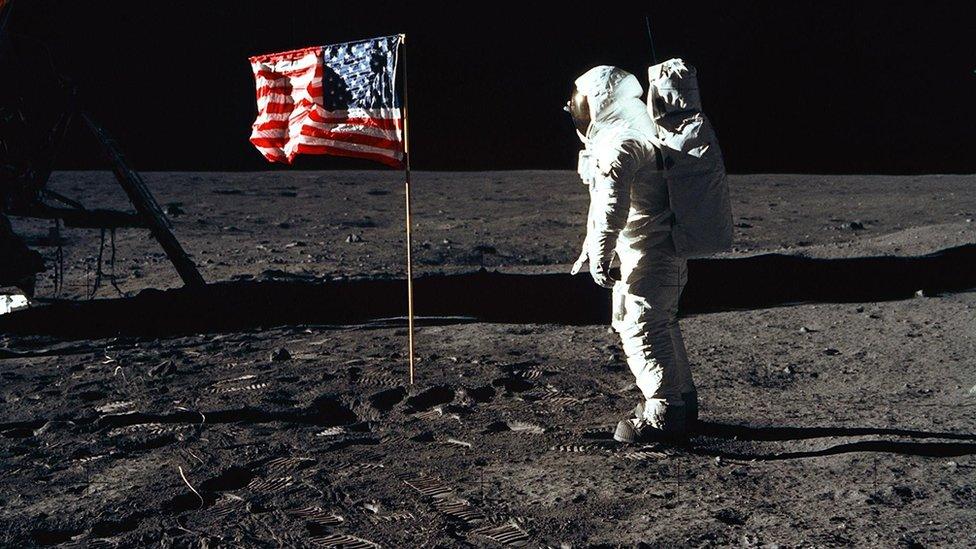
US astronaut Buzz Aldrin pictured on the Moon during the Apollo 11 mission
About 400,000 people worked on the programme, at a cost at the time of $25bn.
The crew returned to Earth and splashed down in the Pacific Ocean on 24 July.
An estimated 650 million people worldwide watched the Moon landing. For the US, the achievement helped it demonstrate its power to a world audience.
- Published16 July 2019
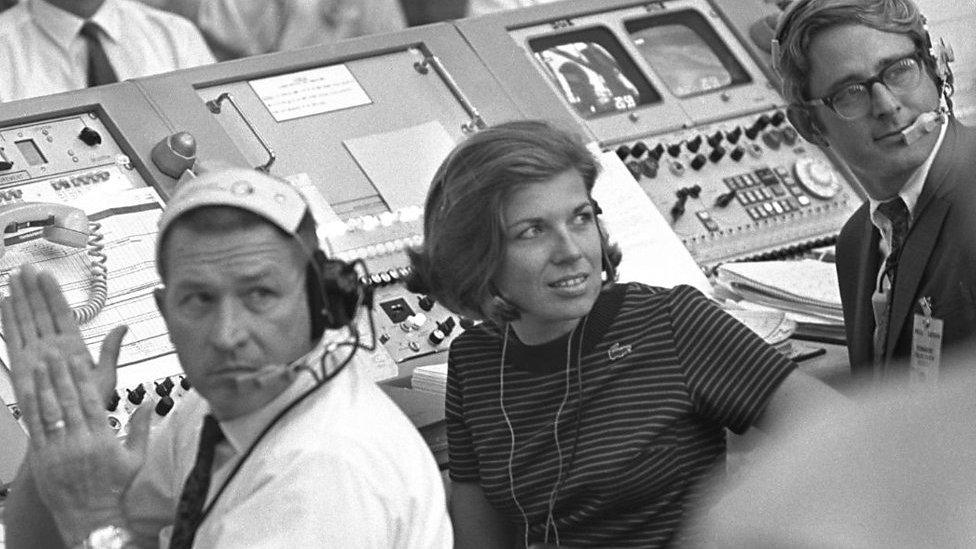
- Published10 July 2019

- Published13 July 2019
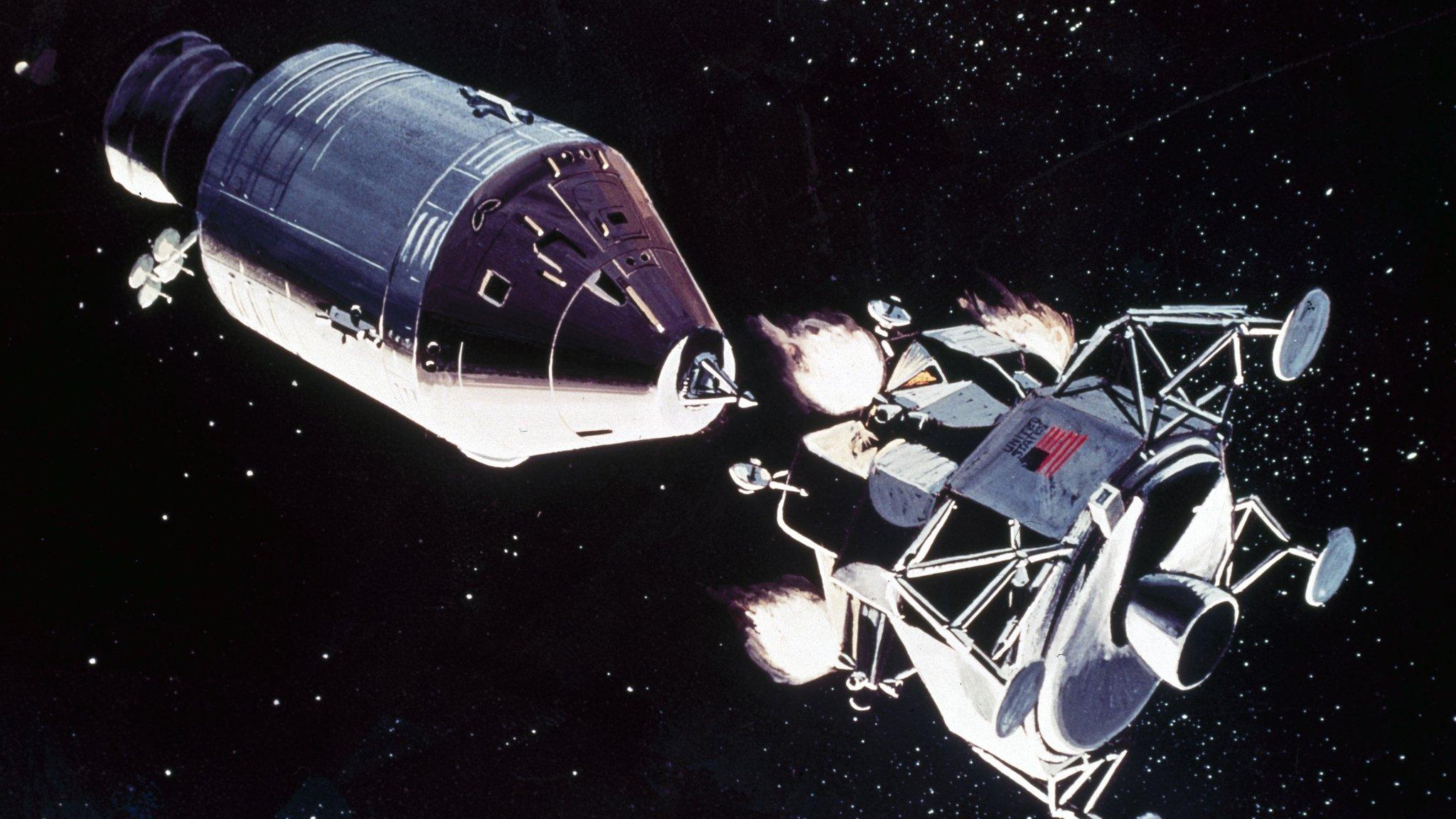
- Published15 July 2019
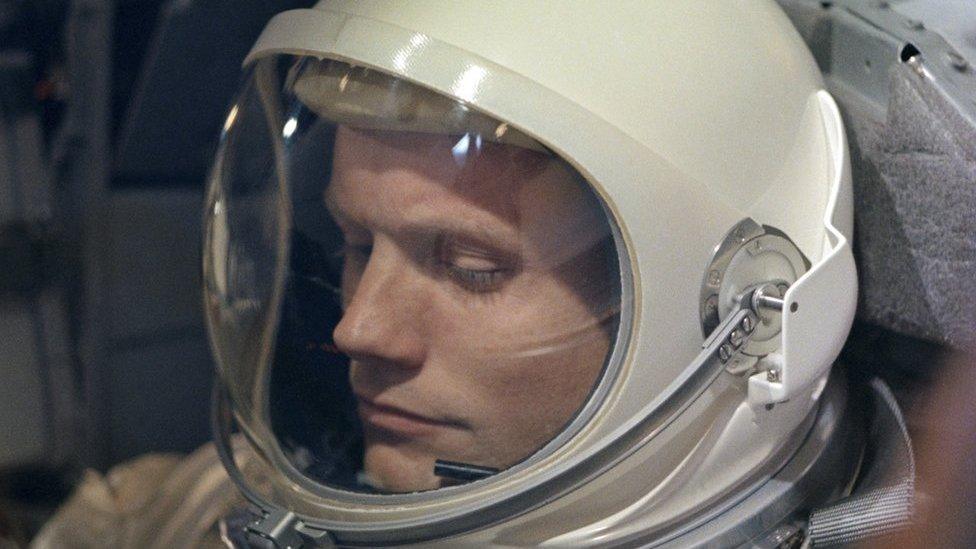
- Published14 July 2019
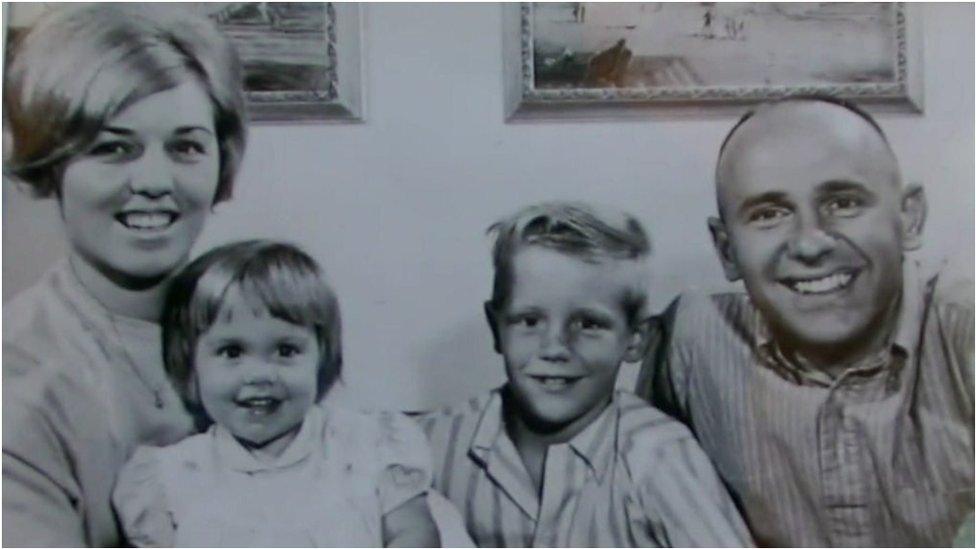
- Published17 May 2019
